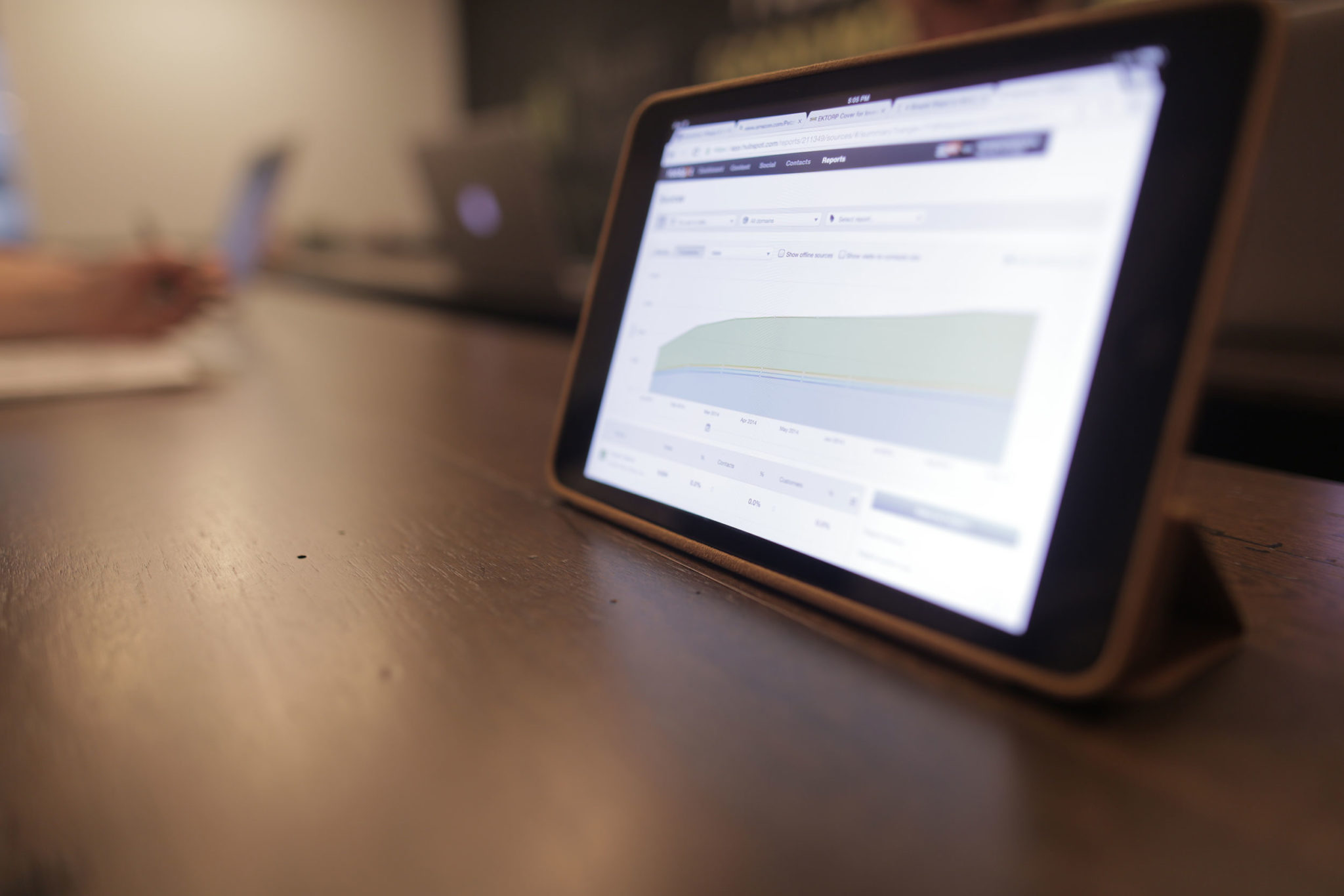Ultimate Guide to the Best Photography System for the Aesthetic Industry
If you’re a medical professional who practices in the cosmetic or aesthetics industry, then you’ll no doubt understand the importance of taking good before and after photos of your work. Healthcare document imaging can be tricky even when you’re using the best camera for clinical photography. Fortunately, you can use a medical photography app to assist you with your medical photo documentation.
HIPPA-Compliant Software
The first step to providing HIPPA-compliant medical photo documentation is to download a medical photography app that’s HIPPA-compliant. The right app can make a world of difference when it comes to taking photos that are consistent and will pass HIPPA’s rigorous set of guidelines.
Best Camera for Medical Photography
Another way to ensure that your medical photo management is effective is to ensure that you have the appropriate equipment. The best camera for medical photography will have plenty of features on it that allow for optimum zooming and clear frames. It’s essential that medical photography cameras also deliver high-quality photos. Luckily, when you pair the best camera for clinical photography with good electronic medical software, the healthcare document imaging process will be made easier.
How Do I Take Medical Photos of the Body?
Even when you have one of the best medical photography cameras on the market and have invested in a celebrated electronic medical software, you still might want to know a few pointers to help ensure that you take good before and after photos of your patients. Consider the following elements when you ask yourself the question, “How do I take medical photos of the body?”
- Lighting. While Medspa photography software will make it easier for you to achieve consistent backgrounds in your before and after photos, you still want to consider your lighting when you take each photo. Ideally, take both photos under the same lighting. While most medical exam rooms have enough light, you still need to be conscious of where the light is and position patients so that the light shines upon the area you’re going to photograph. If patients aren’t positioned appropriately, then you could end up getting the shadowing that causes your photos to look lackluster and low quality.
- Positioning. Positioning is arguably the most important element in medical photography. Even with the best Medspa photography software, if your patient isn’t properly positioned, then the area you want to showcase won’t be showcased. Have patients stand in the same position in both the before and after photos, but it’s not all dependent on the patients’ positions. The photographer must also be conscious of the camera’s position in relation to the area being photographed. Hold the camera at the angle that best captures the area to be advertised.
- Background. The background is also important to producing high quality photos within photography systems for aesthetic industry. Consider your subject, and choose a background that complements it. For instance, don’t use a beige-toned background against pale skin since the two colors will blend and won’t provide optimum results.
The best photography systems for aesthetic industry start with good equipment and apps for optimum medical photo management and then consider all the aforementioned elements when taking the photos.

